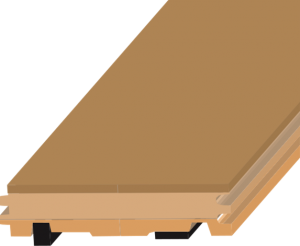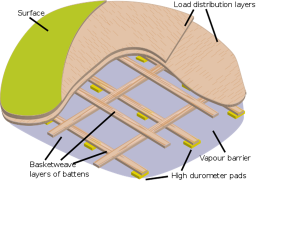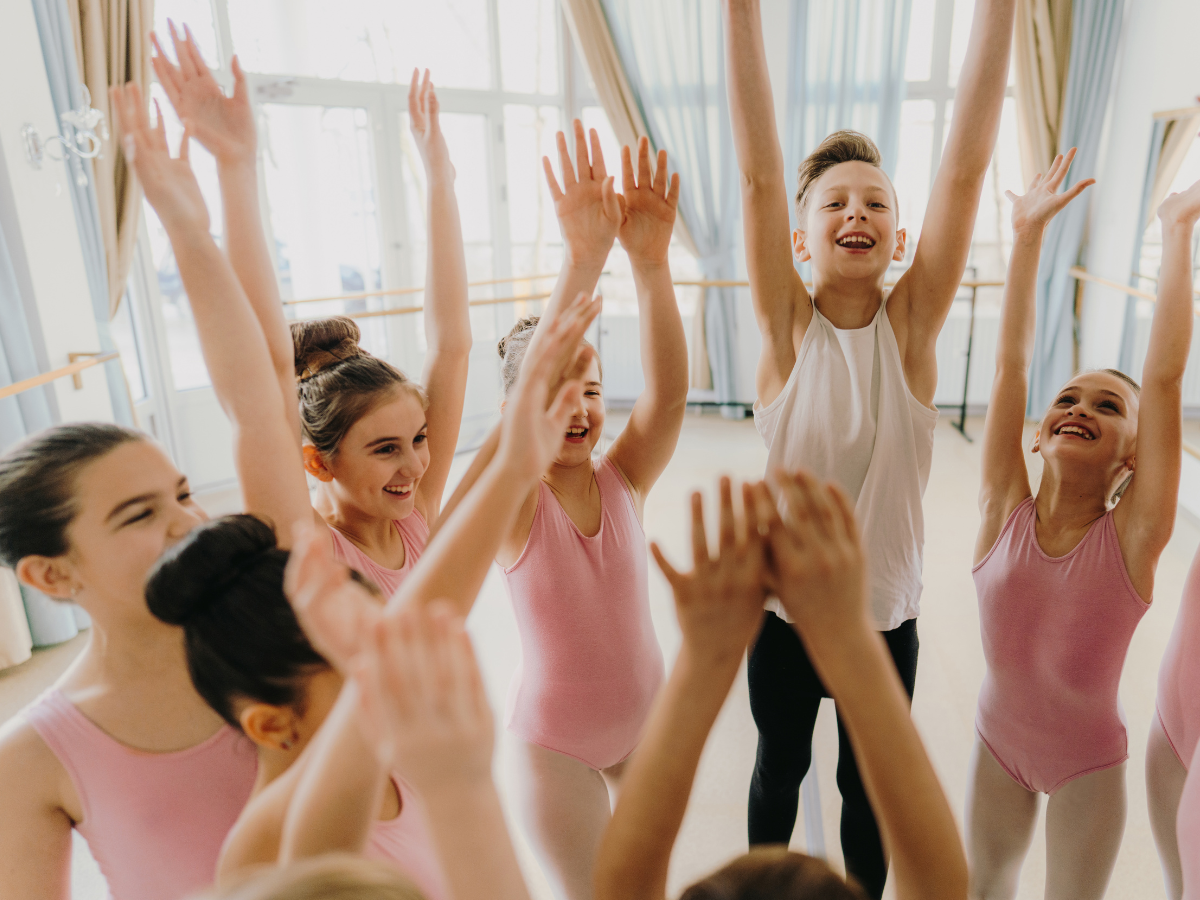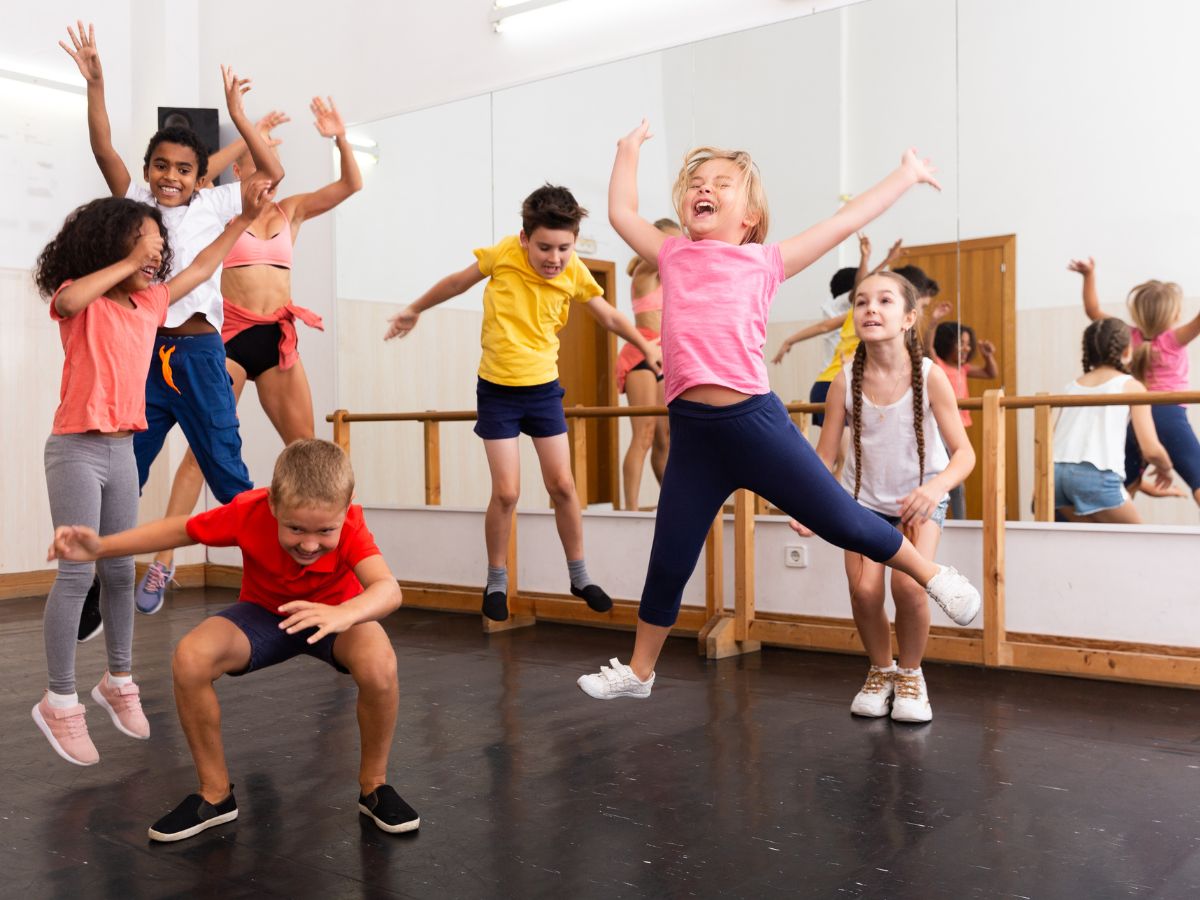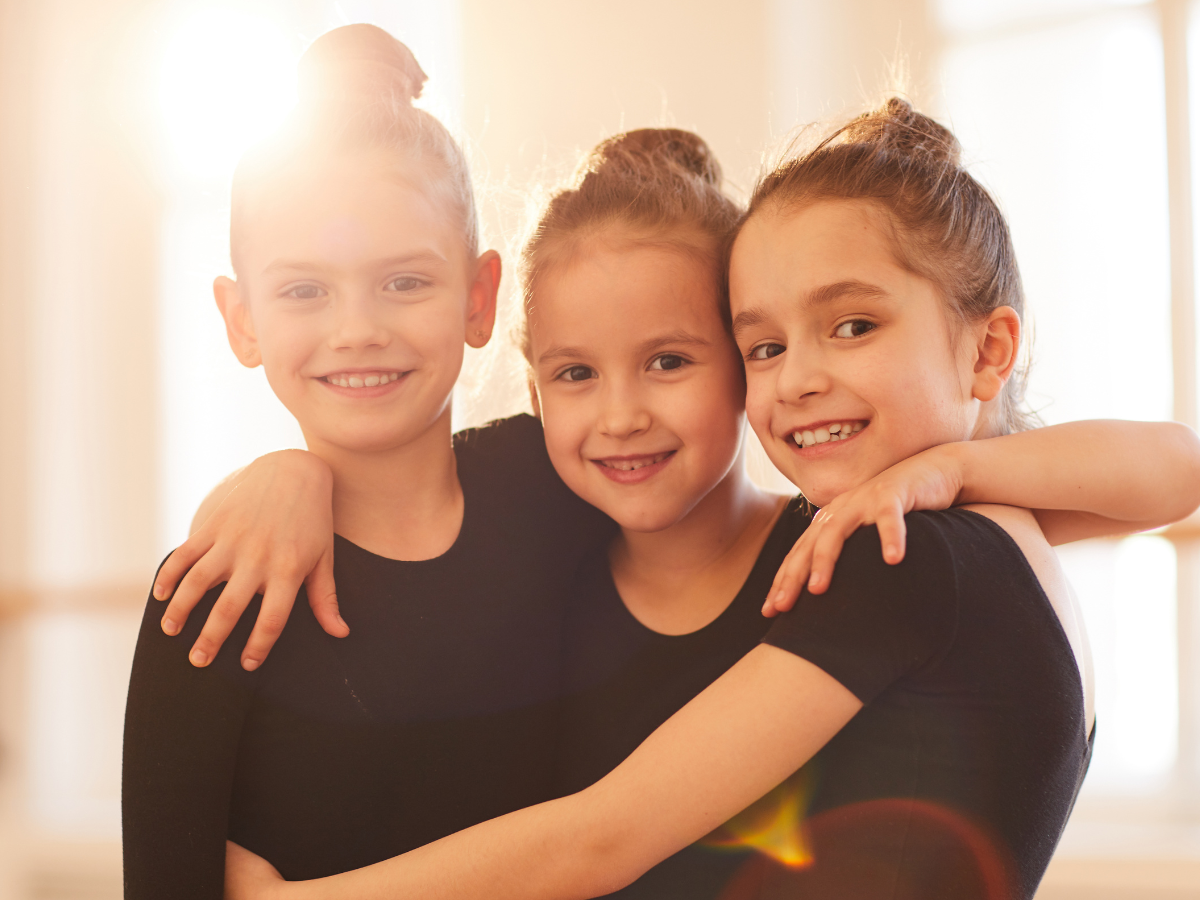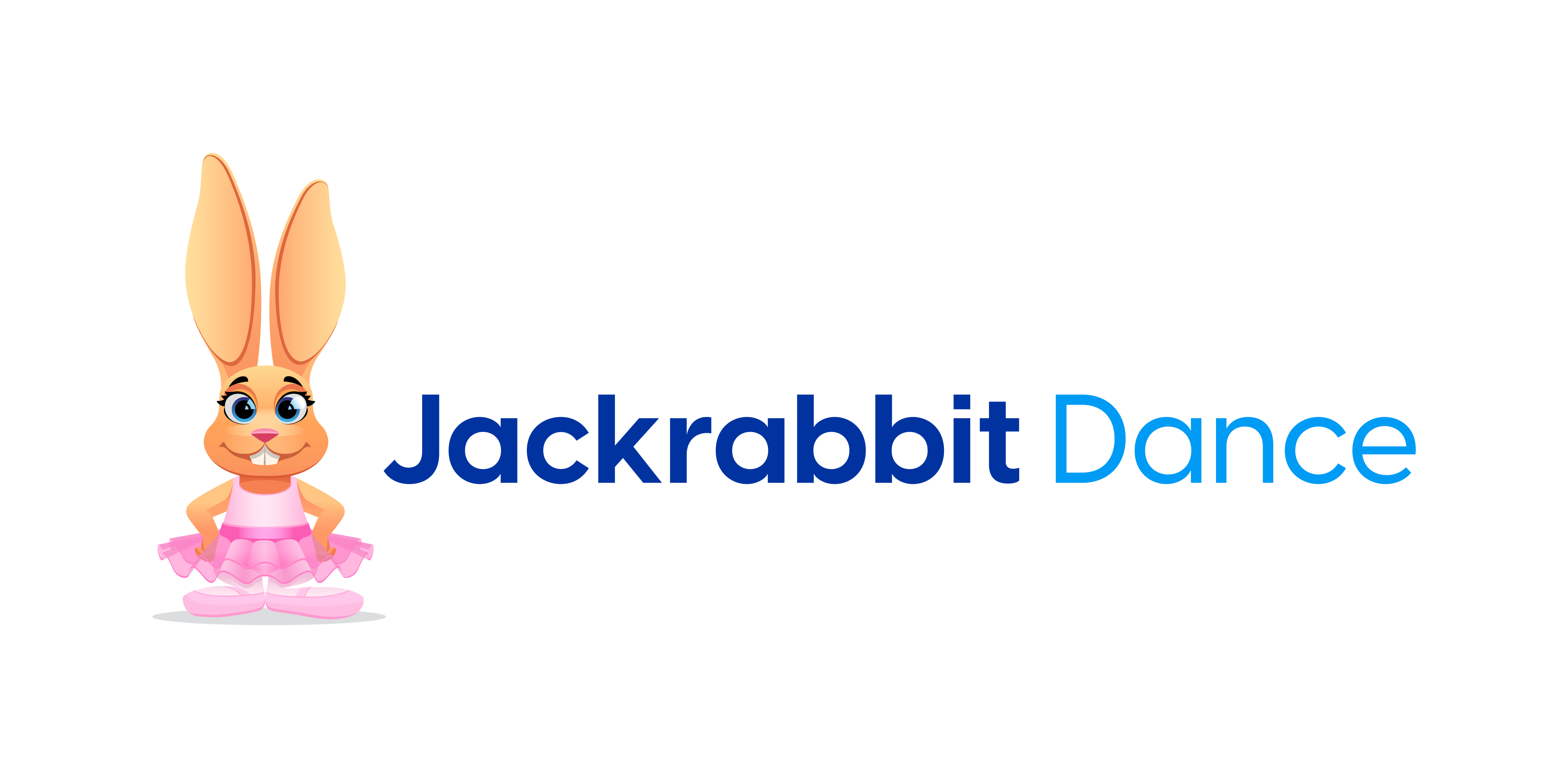If most dance studios seem to have qualified, friendly teachers, experience teaching children and a big show at the end of the year, aren’t they all pretty much the same? Does it really matter at which place you decide to enroll? Yes. There are 4 main things that can make a huge difference in the quality of instruction your child receives, the amount of extra work and hassles the parents must deal with and the overall enjoyment and satisfaction of being involved with a dance program. Here are 4 things that every parent should consider before deciding on a dance studio for their child.
1. WHAT TYPE OF DANCE FLOOR IS USED?
Dance is a very physical activity that requires a lot of jumping, which can put stress on bones and joints. Most dance footwear does not provide any cushioning or support, so the shock of dance movement can place a lot of pressure on the knees and back of a dancer. The best way to prevent against potential injury is by choosing a studio with a professional “sprung floor”. A sprung (also known as a floating) floor is a dance floor that rests on a system of high-density foam to absorb the shock of jumping.
A semi-traditional floor would have wood battens laid on neoprene pads. Neoprene lasts much better than rubber. They are typically laid 40cm-50cm apart and are 1cm-2.5cm thick. More wood battens are then put on top at right angles halfway between the pads. Then two layers of plywood are placed on top so that the plywood spreads the load. Lastly, a layer of good, durable wood is placed on top.
There should normally be a fairly wide gap between the floor and the wall to allow for expansion and for air to circulate. This gap will be covered by a skirting board or molding and is not normally evident.
Our special floors help reduce the risk of injuries and allow students to dance longer without getting tired.
Plank of low profile sprung floor with two stage resistance and protection from overload
2. How Do I Know What My Child Is Learning?
Each class at 5-6-7-8 Dance is divided by age and level. The basic structure of each class consists of a warm-up, across the floor and dance routines. All routines contain different age appropriate steps, as well as techniques from the syllabus. In the pre-school program, dancers progress learning the fundamentals of dance. At the age of 2 1/2, the young student is taught to love dance through our many creative routines. At the age of 3, dancers learn some ballet moves as well as tumbling. When they are 4 and 5, they will earn the basic tap steps. In the Kindergarten level, jazz is added into the combination class so that the student gets a taste of all the main techniques of dance.
When the student reaches first grade they choose if they would like to learn Ballet, Tap, or Hip-Hop/Jazz. They can certainly choose more than one style, but are not required to take ballet to be eligible to take another class. Each class progresses through a syllabus specific to the age and technique. If a dancer starts in first grade, they may progress through 12 levels. The levels are named the following: Garnet, Topaz, Amethyst, Opal, Aqua, Pearl, Peridot, Citrine, Ruby, Sapphire, Emerald, and Diamond. Each year, dancers can take the syllabus exam to see how well they are doing in class. Upon successful completion, dancers earn a trophy and their picture will appear in the newspaper. If they earn the highest score among all the dancers in their recital, they will be presented with a special High Trophy in front of the entire audience at the recital.
In January, parents will receive a copy of the syllabus and, BRAND NEW THIS SEASON, will receive a progress report so that they will know how their dancer is doing in class. Parents will also be invited into class to see what each step should look like. Each dancer has an equal opportunity to receive the High Trophy.
Many studios DO NOT have a syllabus program. 5-6-7-8 Dance takes their syllabus very seriously. We are committed to teaching every dancer the correct technique of the style.
3. WHAT ARE THE “EXTRAS” REQUIRED FOR THE YEAR END SHOW?
Most studios put on a year end show in a professional theatre. Students that perform in the show must have a costume for their dance number. Some studios separate all fees, so you must pay for costumes, tickets, playbills and many other things individually.
Our studio charges a recital fee that includes the dancer’s costume and playbills as well as 4 free tickets for our year-end show. This way you as a parent will not be faced with any extra expenses.
4. CAN I GET IMMEDIATE ASSISTANCE AND CUSTOMER SERVICE?
In many studios the teacher or the studio owner conducts classes and does the administration. By trying to do two jobs at once, the class may suffer as the teacher has to use class time for customer service issues, or the studio may have no customer service available if the teacher is in a class. To have a good experience it is important to choose a studio that can assist you with details like costumes or schedules, even if a teacher is occupied in a class. Our studios have office staff on hand during all regular class times, so you can get immediate assistance.
For more information, visit 5-6-7-8 Dance Studio’s website.

